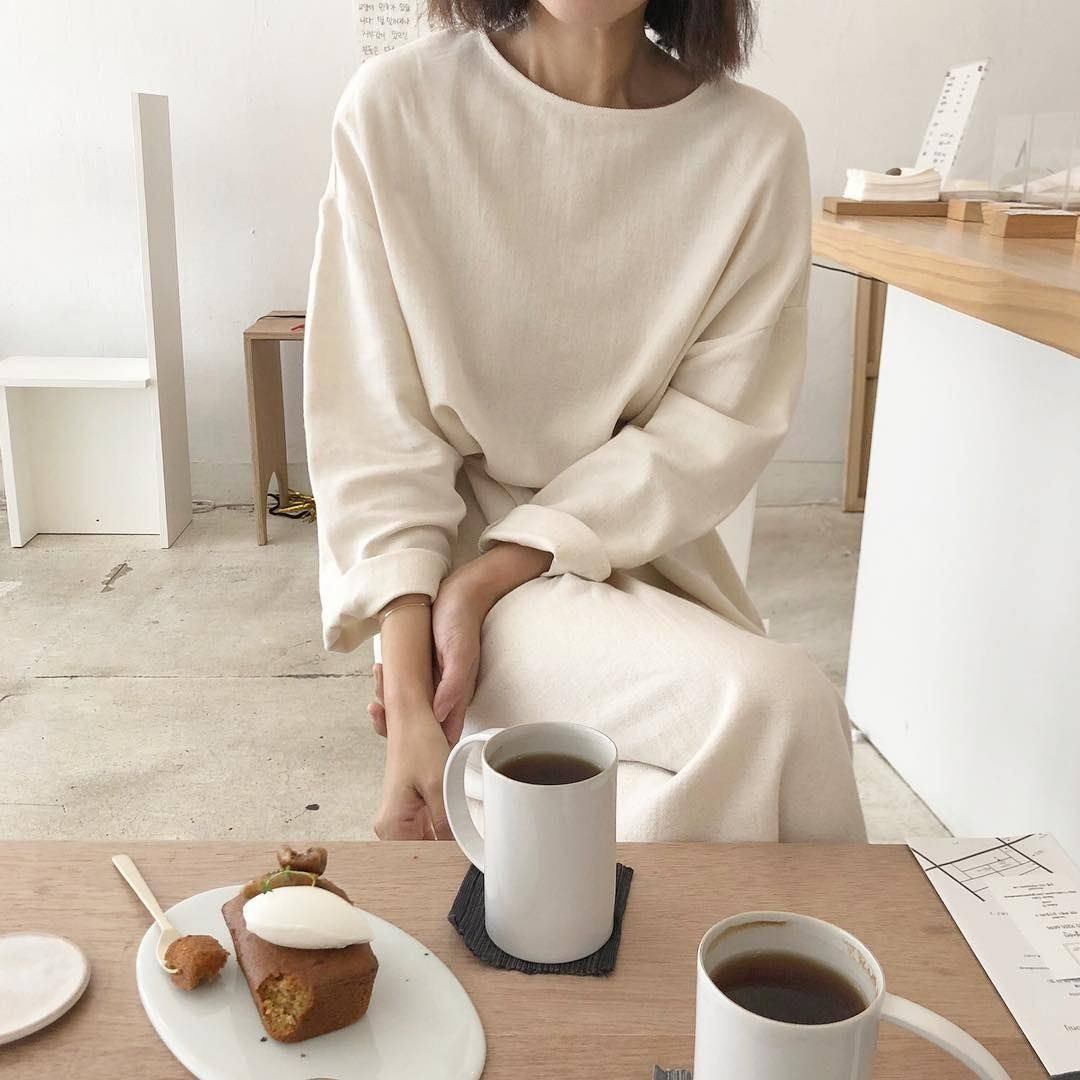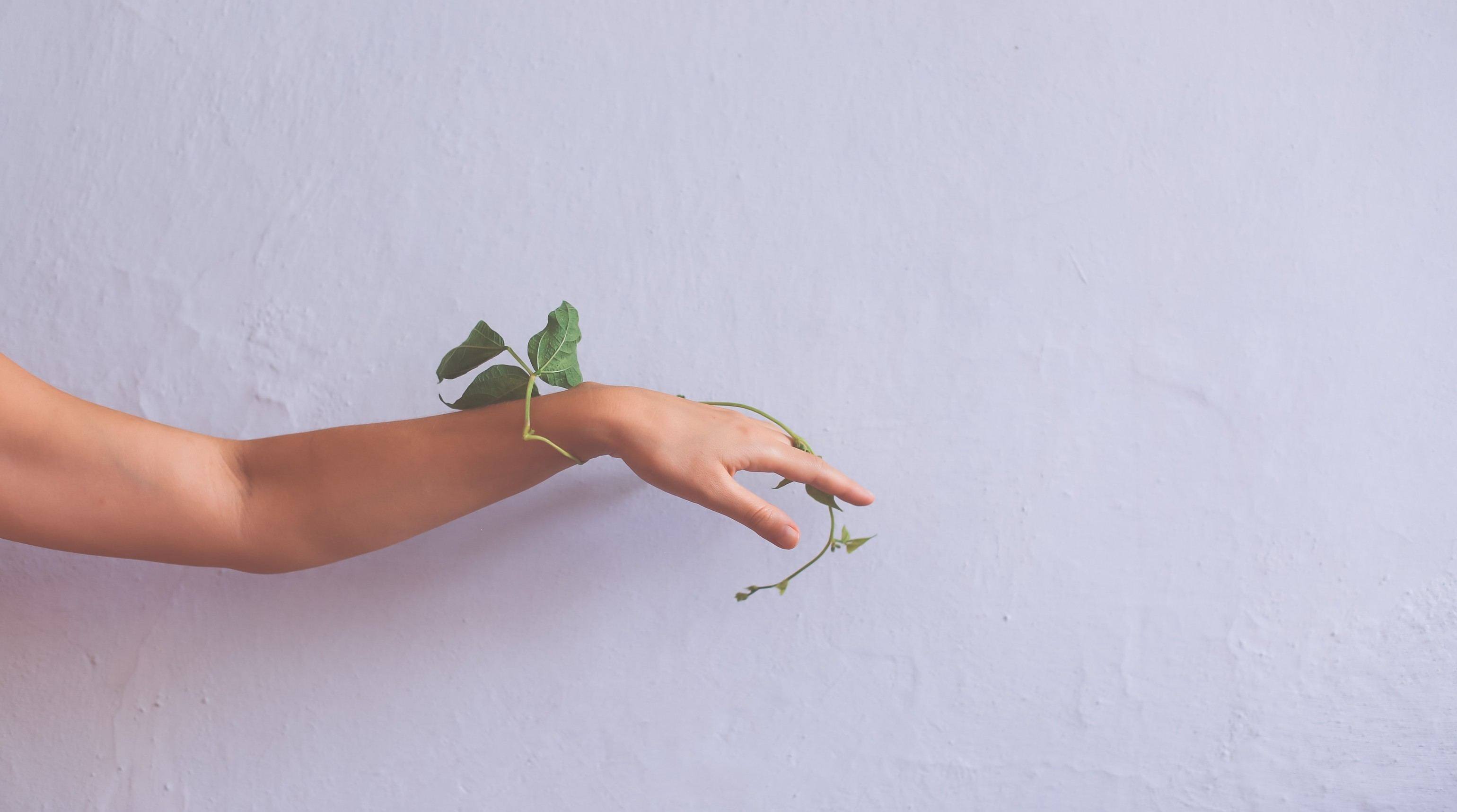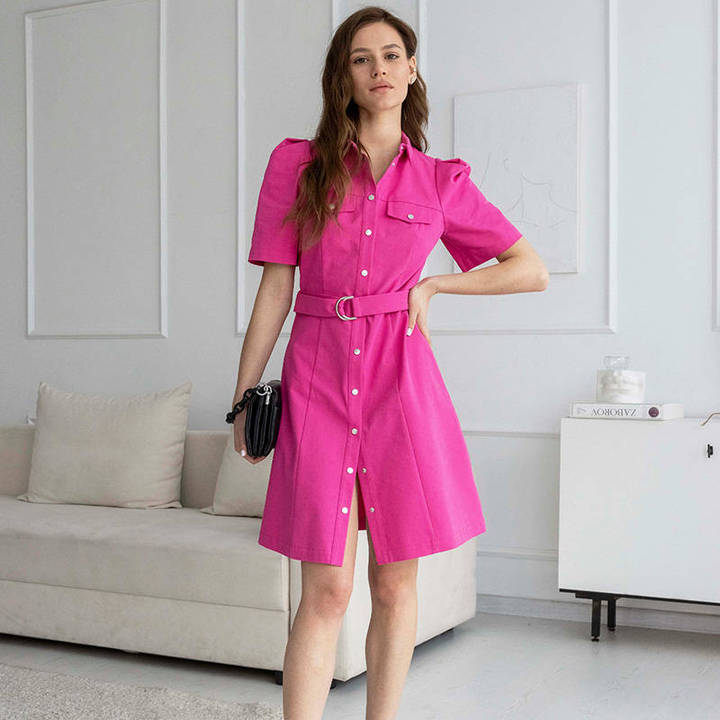Introduction
In a world where millions of images are created daily, the gaze tires from overloaded compositions and excessive visual effects. Minimalism in the photograph becomes not only a stylistic choice, but also a way to give an eye a vacation, but to the mind - clarity. He does not require splendor, does not chase attention - on the contrary, leaving only the main thing in the frame, he gains depth, silence and strength.
Blog Gimp Tools Hub Dedicated not only to the processing technique, but also to aesthetics. We will study how editing tools help to express meaning without violating naturalness. Today's topic is a conversation about minimalism: how through a deliberate composition and delicate work in GIMP to leave in the image only what is really important.
Minimalism: not poverty, but a choice
The minimalist approach does not begin in the editor, but in thinking. This is a way to see the essence, feel the space and respect a pause. The main rule: each element in the frame must be justified. Everything that does not enhance the main plan weakens it.
Minimalism is not just the lack of details, but accuracy. In photography, he opens through:
- one expressive object;
- pure or structural background;
- limited color scheme;
- clear lines and shapes;
- The rhythm of emptiness and accent.
It is important not how many elements are in the frame, but as much as they are needed.
Composition: to isolate the main thing
The first step is the personnel. It is convenient to use the tool in GIMP Crop Tool With included guides: the rule of the third, diagonals, center. This helps to structure the image so that the object is in the focus of attention, and the background only emphasizes it.
Adviсe:
- Leave the air. The space around the object is enhanced by the emphasis.
- Do not be afraid of emptiness - it works like silence in music.
- Asymmetry is often more expressive than symmetry.
- One object is stronger than three if you want to convey loneliness, attention or peace.
In minimalism, the composition is built not on the principle of filling, but on the principle of screening.
Color: expressiveness through restraint
The color in minimalism works differently. This is not a palette of emotions, but a point of intonation. One dominant shade is able to set the mood for the whole frame.
In GIMP, use:
- Hue-Saturation to lower the saturation of excess colors;
- Colorize for a stylistic association;
- Selective Color for emphasizing only key zones.
Neutral or muffled colors emphasize the shape, leaving emotions in the subtext. Bright ones are used pointily as a visual accent. Choose shades that do not argue with each other, but support the composition.
Light and shadow: softness instead of effects
Light in minimalist photography is not just lighting, but a structure. It forms volume, direction and dynamics. In GIMP you can work with light, modeling it manually:
- Lightening and darkening using Dodge/Burn Tool On a separate layer.
- Pointing with Curves Through masks to enhance the depth.
- Soft gradients creating light accents.
Everything should be smooth, not violating the texture and not distracting from the form. Light is your invisible composer.

Work with details: Balance of accuracy and silence
Minimalism requires attentiveness to details. Even small texture can distract if it is not built into the idea. Use GIMP to align the visual rhythm:
- Heal Tool - to smooth out the background, without destroying its structure;
- masks - for local correction;
- Light blur - to remove excess sharpness in insignificant areas.
The goal is not to erase the living, but to muffle the excess. Work with soft brushes, reduce opacity, move along the frame, like silk - neatly and thoughtfully.
Examples of minimalistic solutions
Portrait: A pure plain background, soft light, only a face - without bright accessories or a background.
Architecture: One fragment of the wall with a repeating geometric element. Color - one, shadows - soft.
Still life: One item on a light surface. Shades are muffled, emphasis on shape and shadow.
Scenery: Horizon and a lonely tree. Space is a key hero.
Shooting and processing as a single process
Minimalism begins at the stage of shooting, but is revealed during processing. In GIMP you can:
- strengthen the silence of the frame;
- emphasize the structure;
- To set the tonality that supports the meaning.
Work in the editor is not a correction, but a continuation of the gaze. This is an important element of the author’s approach.
Conclusion
The aesthetics of minimalism is a way to say more using less. This is a language in which silence sounds stronger than a scream. In photography, he manifests itself in the abandonment of excess, in trust to form, light and space.
Using GIMP you can create shots in which there is nothing accidental. On the blog Gimp Tools Hub We believe that editing is an act of awareness. Leaving only the main thing, you do not simplify the image, but make it clear. And clarity is beauty.


Latoya King
A very deep and informative analysis. You have clarified a lot to me on this issue.